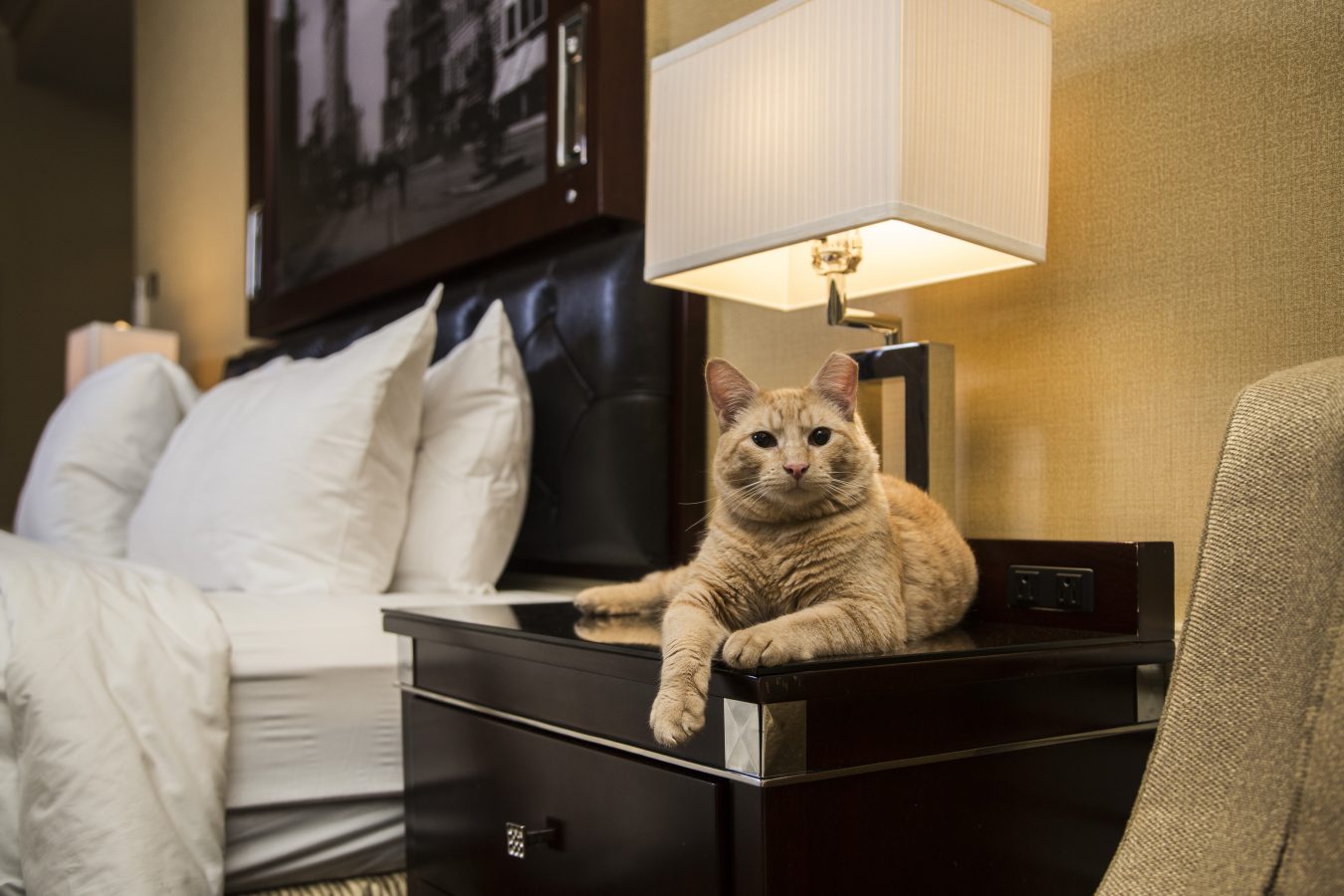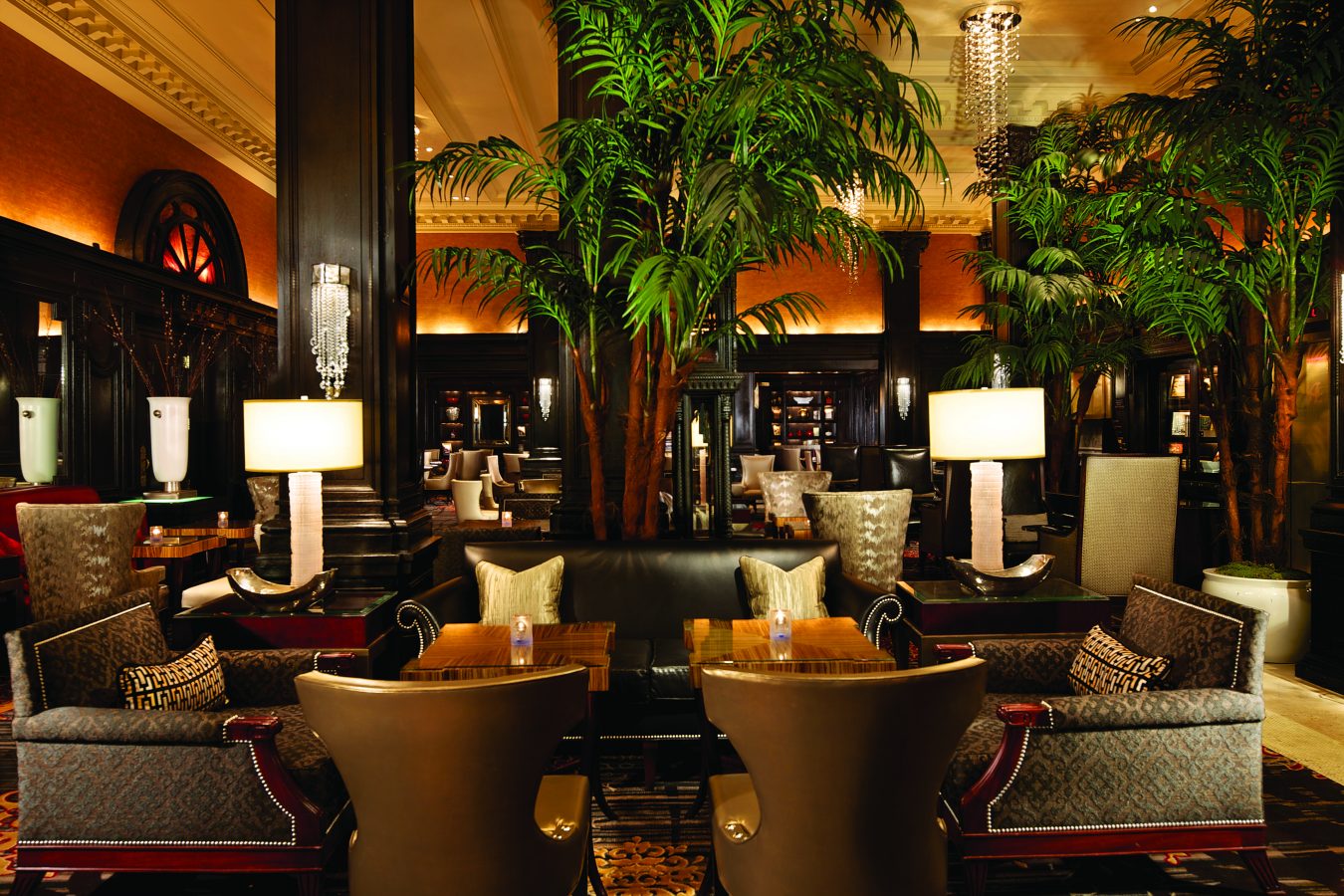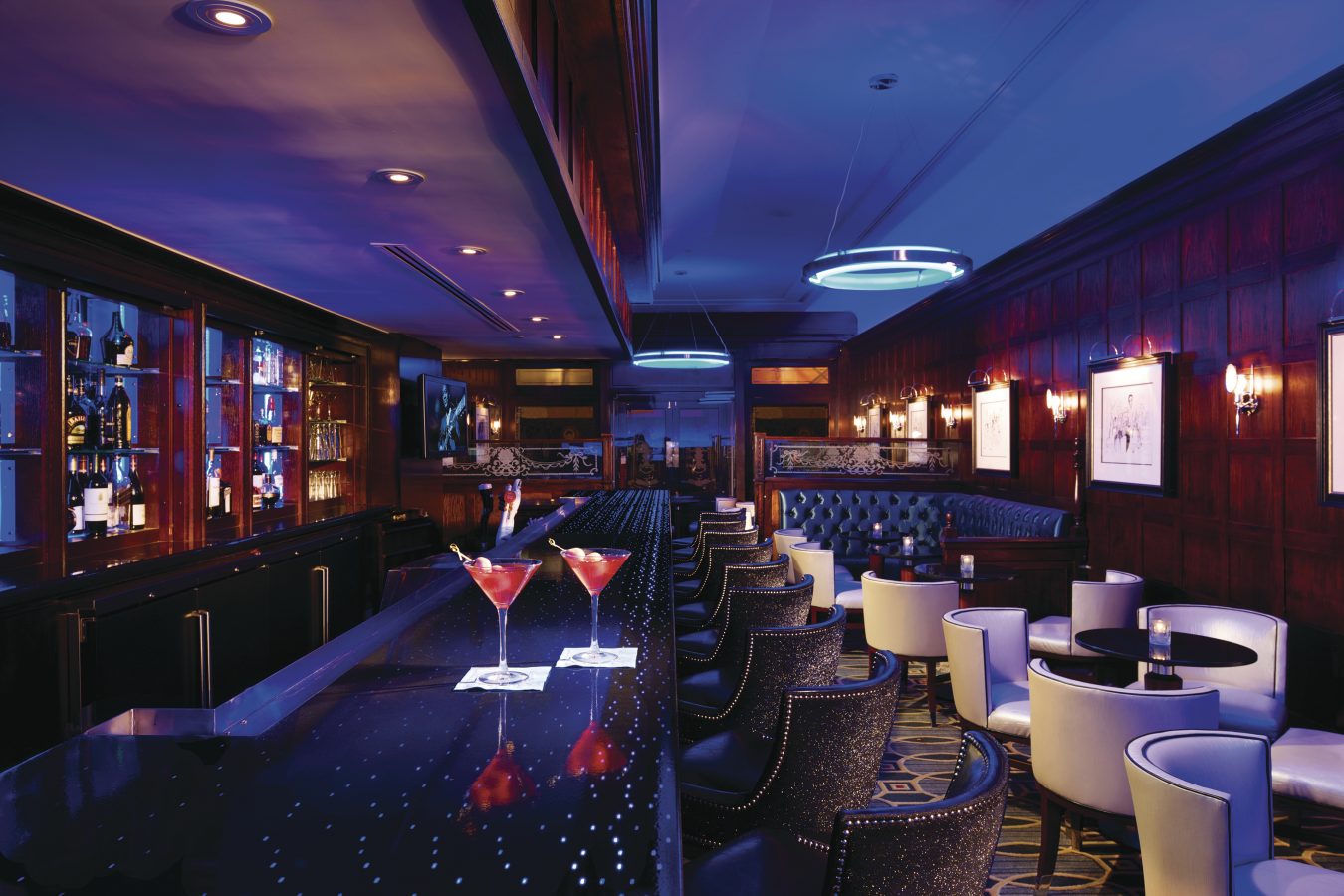The halls of The Algonquin Hotel are lined with framed covers of The New Yorker. On the surface, this is a fitting series of artworks for no other reason than the magazine is an important part of New York culture, past and present. But for the history buffs, for those who take the time to learn a little more about this slice of Manhattan’s chronicle, there is a much greater tie between the hotel and the magazine.
This is the place, after all, in which Harold Ross created and obtained funding for The New Yorker. Right here within these walls is where many stories began.
Ross was a friend of the Round Table, a group of young writers and critics from the likes of Vanity Fair and The New York Times who gathered daily for lunch at The Algonquin’s restaurant of the same name. Featuring members such as Dorothy Parker, Robert E. Sherwood, Franklin P. Adams, and Edna Ferber, the meetings became legendary over their 10-year tenure. “When I was growing up, I had three wishes,” John F. Kennedy once said. “I wanted to become a Lindbergh-type hero, learn Chinese, and become a member of The Algonquin Round Table.”
The Algonquin has hosted many other famous faces, from Gertrude Stein and Maya Angelou to Sinclair Lewis and William Faulkner—the former of whom tried to buy the hotel, and the latter of whom, in 1950, wrote his Nobel Prize in Literature acceptance speech here.
Now an Autograph Collection property (under the Marriott umbrella), The Algonquin continues to delight visitors with its tidbits of history and old-timey charms. Service here is top-notch and incredibly warm, a true testament to the good old days; and while modern touches have been added in over the years (the hotel was actually the first in New York to use electronic key cards, and underwent an extensive renovation in 2012), mostly it all feels enchantingly traditional. From the black and white mosaic tiles on the lobby floor to the aptly named Blue Bar that emanates a Gatorade-hued glow, The Algonquin feels like a time machine back to a better place. It has been an official New York City landmark since 1987 and a literary landmark since 1996.
Rooms are well sized for this cramped city, with simple but elegant decor and Beekman bath amenities. And the hotel’s midtown location is hard to beat for those who like to be in the heart of it all, with Times Square and Broadway within walking distance (along with the popular luxury shopping corridors of Fifth and Madison avenues). Back in the early days, the hotel was near iconic restaurants like Delmonico’s, along with private clubs for Harvard, Yale, and the Bar Association; 1905 saw the opening of the Hippodrome, now closed but at the time billed as the world’s biggest playhouse.
Aside from the friendly concierge and reception staff, guests can hope to catch some face time with Hamlet, the hotel’s resident kitty cat. Named after the most famous role played by notable hotel guest John Barrymore (there is also a suite bearing the actor’s name), Hamlet has a multi-level play area in the front window of the hotel and can often be spotted wandering the lobby. The hotel has housed a cat (the current Hamlet is the eighth; most recently before him was Matilda III, who became perhaps New York’s most famous feline) since the 1920s. There is even a book called Algonquin Cat, illustrated by Hilary Knight—who was also responsible for The Plaza hotel’s Eloise—and penned by Val Schaffner.
The magic of New York is in its buildings, its streets, its dark crevices and hidden corners. Icons are made here, each one defined by a sense of place, a distinct New York-ness that pulses upward. It’s hard to recognize a legend in the making, but it is easy to spot one in the aftermath. The Algonquin has long been a flag for creativity and critical thought, and all you have to do is step inside to feel it.
Read more from Travel.










